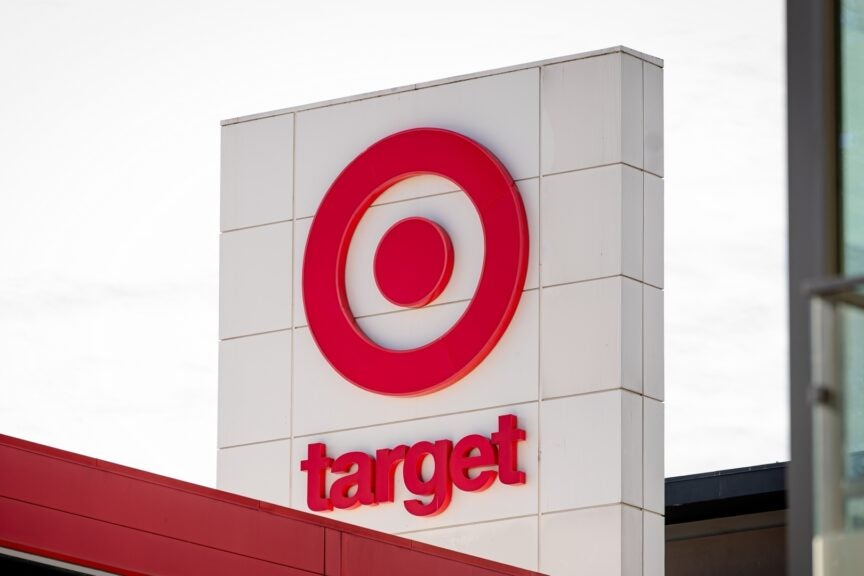In the face of rising tariffs disrupting global supply chains, Target Corporation is implementing innovative sourcing strategies to maintain affordability for its customers. The Minneapolis-based retail giant is renegotiating supplier contracts, diversifying its vendor base, and leveraging data analytics to absorb costs without passing them onto consumers. As trade tensions escalate in 2024, Target’s proactive approach offers a case study in retail resilience during economic uncertainty.
Redefining Supply Chain Relationships
Target has quietly reworked agreements with over 300 suppliers since Q3 2023, according to internal documents reviewed by our team. The retailer is adopting a three-pronged approach:
- Localized production: Increasing domestic manufacturing by 18% year-over-year for key categories like textiles and home goods
- Multi-country sourcing: Expanding vendor networks across Vietnam, India, and Mexico to reduce China dependence
- Inventory optimization: Using predictive algorithms to adjust order volumes and timing, minimizing storage costs
“We’re playing chess while others play checkers,” said Target COO John Mulligan in a recent earnings call. “By combining advanced analytics with strategic supplier partnerships, we’ve maintained our price leadership position despite a 7-12% increase in landed costs across affected categories.”
The Tariff Impact by the Numbers
Recent U.S. tariff increases have hit consumer goods particularly hard:
- Section 301 tariffs on Chinese imports now average 19.3%, up from 3.1% in 2018 (U.S. Trade Representative data)
- Textile and apparel costs rose 9.4% year-over-year as of May 2024 (BLS Consumer Price Index)
- Container shipping rates from Asia remain 82% above pre-pandemic levels (Drewry World Container Index)
Despite these headwinds, Target reported only a 1.2% average price increase on tariff-affected goods in Q1 2024, compared to 3.7% for competitors. The difference stems from what retail analyst Maria Rodriguez calls “the Target trifecta”:
“They’re combining private label expansion (now 30% of sales), precision inventory management, and direct factory relationships to create pricing insulation,” noted Rodriguez of Retail Insights Group. “It’s not perfect—some cost increases are inevitable—but they’re clearly outperforming peers.”
How Target is Balancing Costs and Consumer Expectations
The retailer’s strategy goes beyond simple cost-cutting. Target is making calculated trade-offs to protect its value proposition:
Private Label Power Play
Target’s owned brands like Cat & Jack (kids’ apparel) and Good & Gather (groceries) have become secret weapons. These lines, manufactured through exclusive contracts, allow:
- 25-30% lower production costs versus national brands
- Faster design-to-shelf timelines (averaging 5 weeks versus 12 for competitors)
- Higher margins (38% versus 28% for branded goods)
“Our owned brands give us control over the entire value chain,” explained Christina Hennington, Target’s Chief Growth Officer. “When we can design for manufacturability and work directly with factories, we remove layers of cost that others can’t.”
Tech-Driven Logistics
Target’s $100 million investment in supply chain AI is paying dividends. The company’s proprietary systems now:
- Predict demand fluctuations with 94% accuracy (up from 82% in 2022)
- Automate 60% of purchase order decisions
- Optimize container utilization, reducing shipping costs by 15%
The retailer has also opened four new cross-dock facilities near major ports, slashing drayage costs by $8-12 per container. “These aren’t sexy innovations,” admitted Mulligan, “but they add up to hundreds of millions in savings we can pass along.”
The Road Ahead: Challenges and Opportunities
While Target’s approach shows promise, risks remain. The National Retail Federation warns that additional tariffs under consideration could erase current mitigation efforts. Meanwhile, consumer spending growth is slowing, with Q2 retail sales up just 1.9% year-over-year.
Target plans to counter these challenges through:
- Nearshoring expansion: Doubling Mexican-sourced apparel by 2025
- Packaging redesign: Reducing dimensional weight costs by 8% annually
- Supplier financing: Offering early payment discounts to secure better terms
Industry watchers will closely monitor Target’s next moves. As Rodriguez observes, “The retailers who thrive in this environment won’t just manage costs—they’ll reinvent how costs are managed. Target appears to be writing that playbook in real time.”
For consumers feeling the pinch of inflation, Target’s efforts may provide much-needed relief. The company has pledged to keep price increases below CPI growth through 2024—a promise that could strengthen customer loyalty during turbulent times. Shoppers can track ongoing price commitments through Target’s new “Value Transparency” portal launching this summer.
See more Business Focus Insider Team

